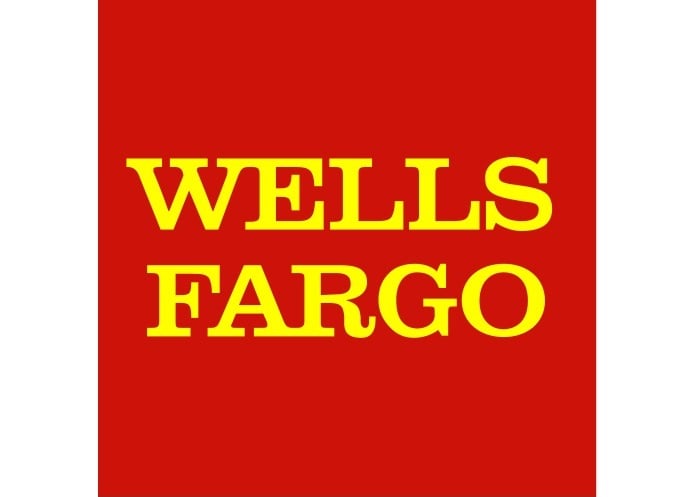Banking, finance, and taxes
Merrill Lynch Sees Optimism for Big Banks Headed Into 2015
Published:
Last Updated:
With Merrill Lynch wrapping up the firm’s 23rd annual financial services conference earlier this month, one thing was for sure when they polled investors. Despite the slow loan growth in the third quarter, most investors remain overweight the top stocks in the sector, despite recent volatility. We screened the Merrill Lynch report for the largest market cap stocks, as the prevailing economic winds should continue to favor these companies in 2015. Source: Wikimedia Commons
Source: Wikimedia Commons
The Merrill Lynch team pointed out in the research piece that the presentations from almost all the banks, regardless of market cap, were positive in nature. One thing seems clear when perusing the overall presentation. Staying with the big boys while the markets adjust to rising rates at some point next year still makes good sense.
Citigroup Inc. (NYSE: C) remains on the U.S. #1 list at Merrill Lynch, and it is trading at a very reasonable 11.5 times forward 2015 earnings. With its tremendous global business model, the Merrill Lynch analysts feel that the banking giant’s current market multiple is very discounted compared to peers. In addition, Citigroup still trades trading below the 52-week high set way back in January of this year. While regulatory and capital standards will continue to be a factor, the risk is well overridden by the upside potential.
Citigroup still just pays a tiny 0.1% dividend. Merrill Lynch has a $65 price target on the stock. The Thomson/First Call consensus price target is $59.43. Shares closed Friday at $53.38.
ALSO READ:7 Analyst Stock Picks Under $10 With Massive Upside Calls
JPMorgan Chase & Co. (NYSE: JPM), like most of the top money center banks, is expected to benefit from commercial loan growth and an upturn in capital spending. The Merrill Lynch team does caution that litigation charges may prove to be more of a recurring expense, and financial regulatory reforms, legal costs and changing Basel II requirements could temper capital standards and permanently depress returns and the bank’s profitability. Trading at a discount to the other large cap banks on 2015 earnings estimates does help upside potential, and its Wall Street trading and investment banking business continues to grow and thrive.
J.P. Morgan investors are paid a respectable 2.7% dividend. The Merrill Lynch price objective is $68, and the consensus target is at $67.47. J.P. Morgan closed Friday at $60.28.
Morgan Stanley (NYSE: MS) continues to show tremendous growth, and it is running neck and neck with Goldman Sachs as the bank of choice for high-profile initial public offerings. Trading at a price-to-earnings multiple of 12, that seems extremely reasonable given the 2015 expectations for EPS growth of more than 20%, a price-to-book ratio of 1.00 and a price-to-sales ratio of 1.96. The company also has 602 billion in cash equivalents on its balance sheet, versus $368 billion in total debt
Morgan Stanley investors are paid a 1.1% dividend. The Merrill Lynch price target is $38, and the consensus objective is $36.60. Shares closed Friday trading at $35.69.
Wells Fargo & Co. (NYSE: WFC) is another solid financial name on the Merrill Lynch list that really may see a benefit if yields start moving higher sooner. The yield curve typically steepens in an improving economy, which many on Wall Street currently anticipate. Wells Fargo has slowly, but surely become one of the biggest mortgage lending companies in the United States, in addition to their normal banking and brokerage businesses. An increase in commercial real estate lending could really boost the bank’s bottom line. It also remains a top Warren Buffett holding.
Wells Fargo shareholders are paid a 2.6% dividend. The Merrill Lynch price target is $55, and the consensus is at $54.64. Wells Fargo closed Friday at $53.35.
ALSO READ: Significant Changes in Buffett and Berkshire Hathaway Holdings
The market might start tempting some to sell, especially with Japan falling into recession this quarter. The best idea now may be to rotate to underperforming sectors that have top stocks with upside. These solid financials that provide growth and income may make very good sense for the rest of the year and 2015.
Finding a qualified financial advisor doesn’t have to be hard. SmartAsset’s free tool matches you with up to 3 fiduciary financial advisors in your area in 5 minutes. Each advisor has been vetted by SmartAsset and is held to a fiduciary standard to act in your best interests. If you’re ready to be matched with local advisors that can help you achieve your financial goals, get started now.
Thank you for reading! Have some feedback for us?
Contact the 24/7 Wall St. editorial team.